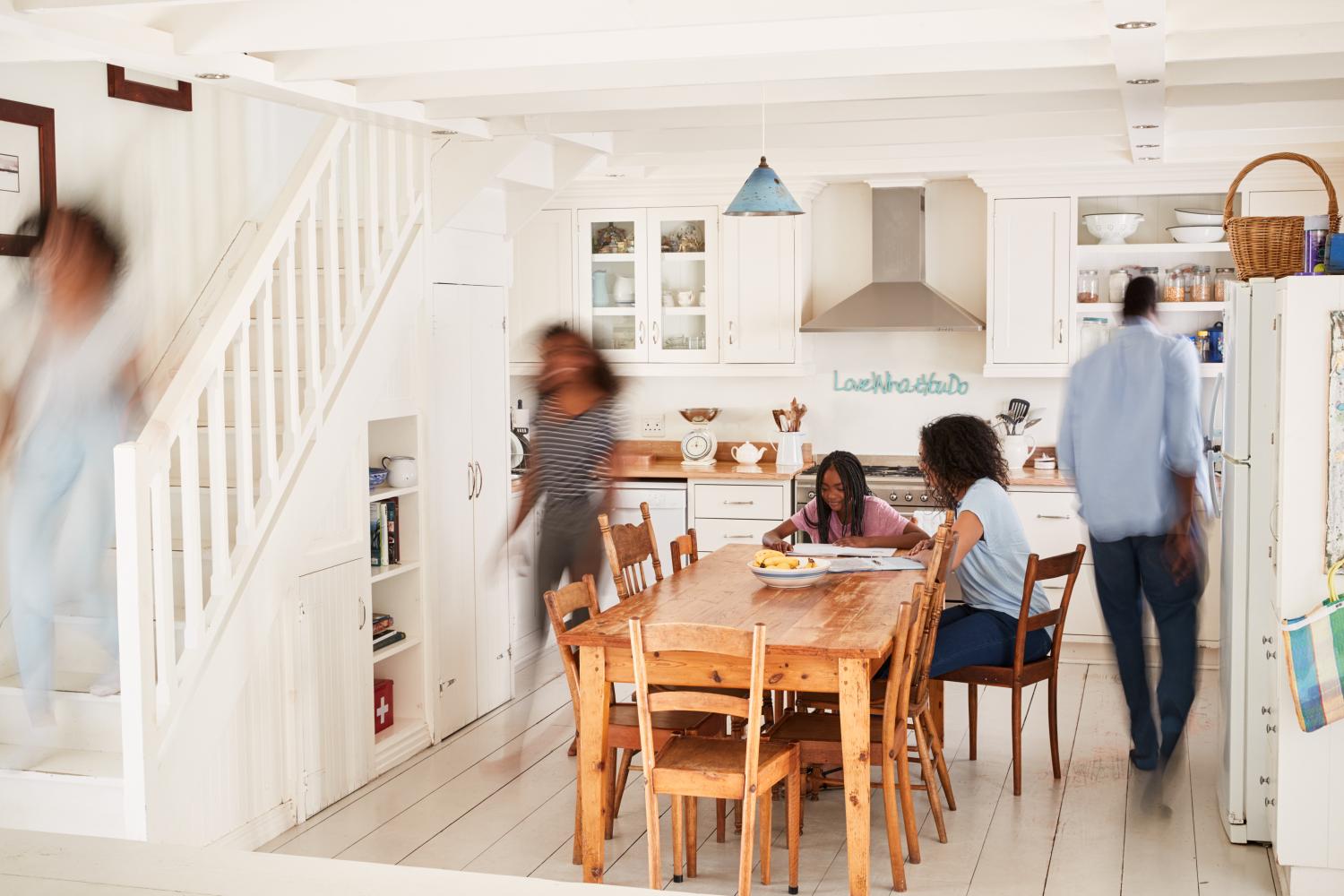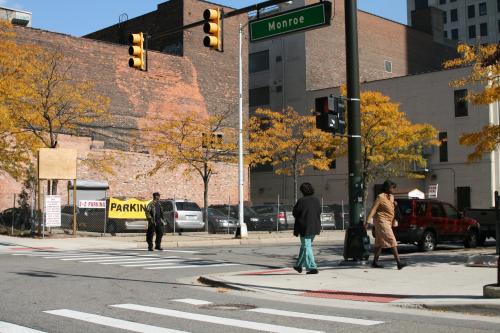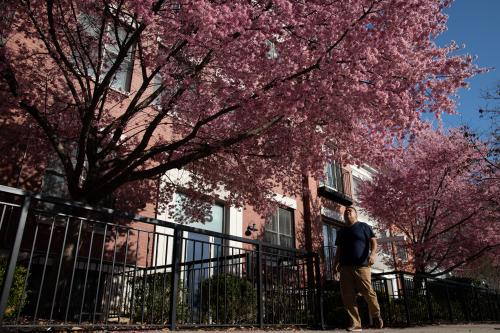Homeownership lies at the heart of the American Dream, representing success, opportunity, and wealth. However, for many of its citizens, America deferred that dream. For much of the 20th century, the devaluing of Black lives led to segregation and racist federal housing policy through redlining that shut out chances for Black people to purchase homes and build wealth, making it more difficult to start and invest in businesses and afford college tuition. Still, homeownership remains a beacon of hope for all people to gain access to the middle class. Though homeownership rates vary considerably between whites and people of color, it’s typically the largest asset among all people who hold it.
If we can detect how much racism depletes wealth from Black homeowners, we can begin to address bigotry principally by giving Black homeowners and policymakers a target price for redress. Laws have changed, but the value of assets—buildings, schools, leadership, and land itself—are inextricably linked to the perceptions of black people. And those negative perceptions persist.
Through the prism of the real estate market and homeownership in Black neighborhoods, this report attempts to address the question: What is the cost of racial bias? This report seeks to understand how much money majority-Black communities are losing in the housing market stemming from racial bias, finding that owner-occupied homes in Black neighborhoods are undervalued by $48,000 per home on average, amounting to $156 billion in cumulative losses.
Interactive by Alec Friedhoff









